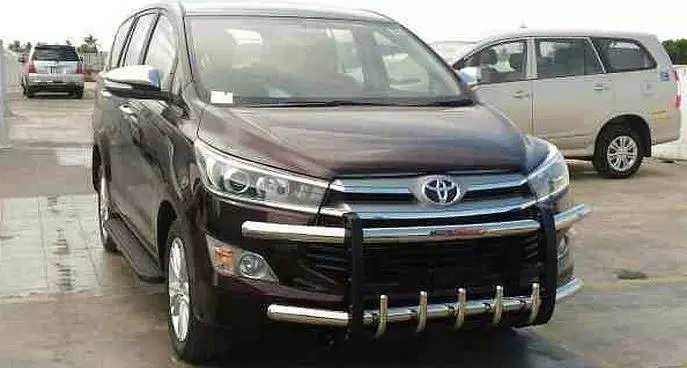
New Delhi: The Delhi High Court has directed the Centre to make sure that the law against the modification of vehicles for installation of crash guards or bull bars in vehicles under the Motor Vehicles Act, 1988, is strictly complied with.
The court was dealing with two Public Interest Litigations (PIL) seeking to ban the installation of crash guards or bull bars on the front and rear ends of all types of automobiles across the nation.
A division bench of Chief Justice Satish Chandra Sharma and Justice Tushar Rao Gedela noted that a mechanism for taking necessary action against individuals who are violating the provision is already in place.
According to Section 52 of the Act, no owner of a vehicle shall make changes to it such that the information on the certificate of registration differs from what the manufacturer originally intended.
The court took note of the Centre’s clarification for all states or Union Territories’ Principal Secretaries, Transport, and Transport Commissioners to take action against those who illegally attach crash guards or bull bars to motor vehicles.
The bench said: “In light of the foresaid, as the statutory provisions are already in place, the respondent, Union of India shall ensure strict compliance of the statutory provisions in respect of the violators in accordance with law.”
The court then disposed of the PILs.
In their counter-affidavit, the Centre said that on February 9, 2016, it had issued a notification to the Indian Standard of the need for bumpers installed on M1 category automobiles.
The installation of crash guards or bull bar in automobiles is prohibited by section 52 of the Motor Automobiles Act and is subject to penalties under Sections 190 and 191, according to a classificatory circular issued by the government in 2017.
Accordingly, the bench said: “In the considered opinion of this Court, there is already a mechanism in place for taking appropriate action against those persons who are violating Section 52 of the MV Act, and the same has been clarified by the Government of India by filing the reply.”

